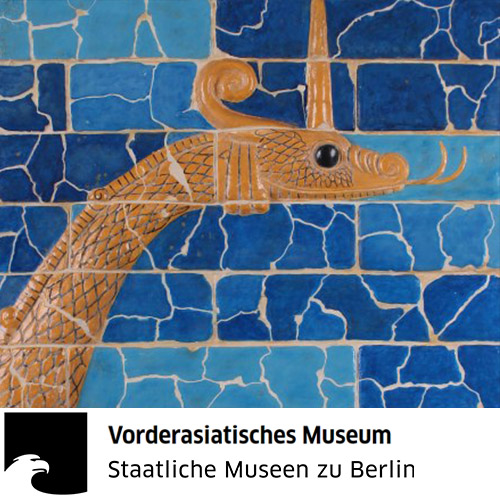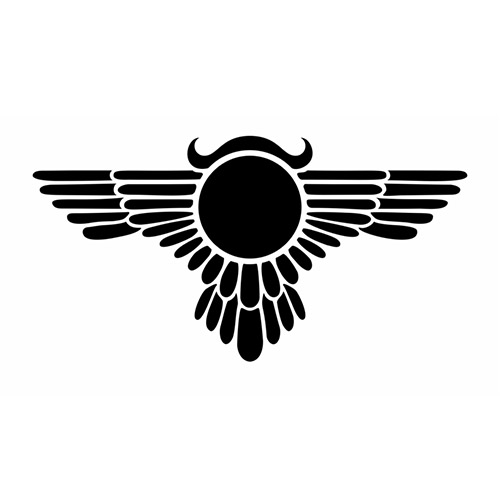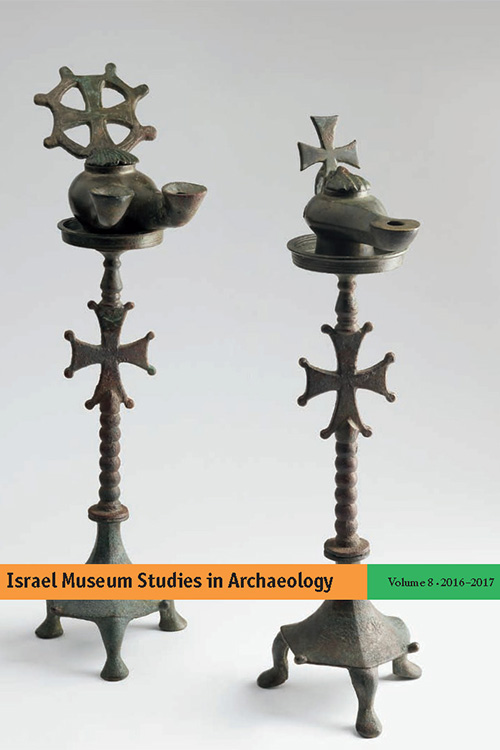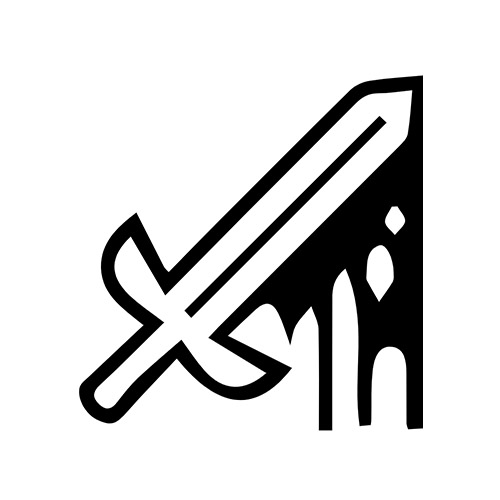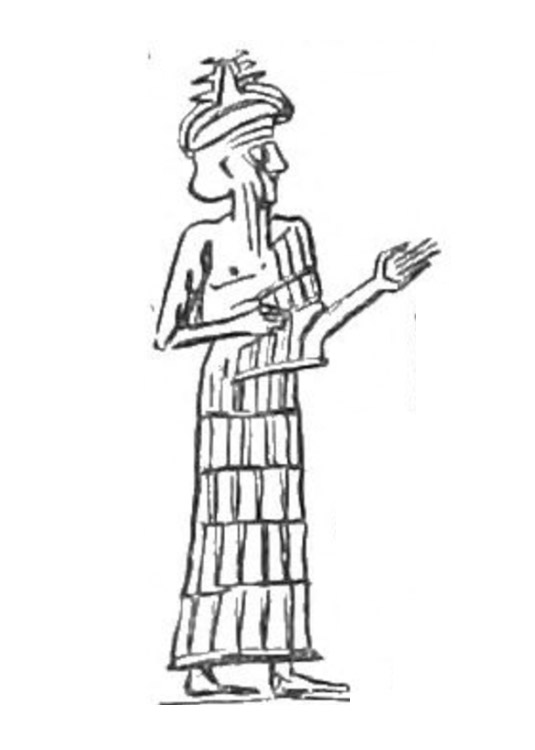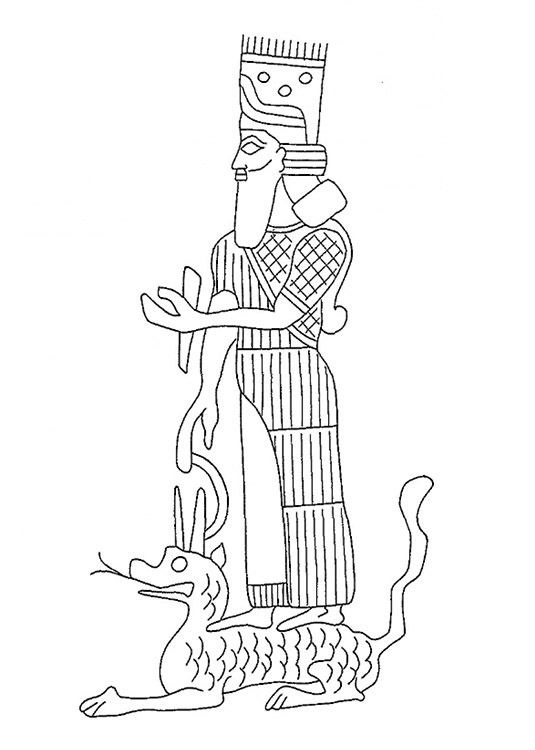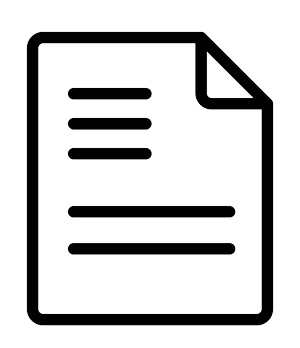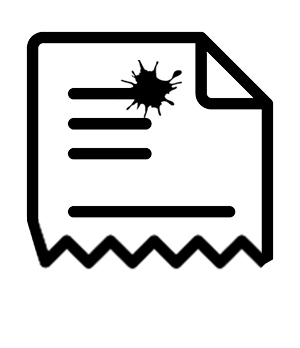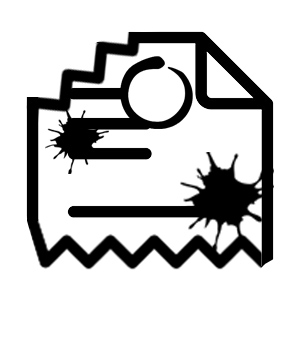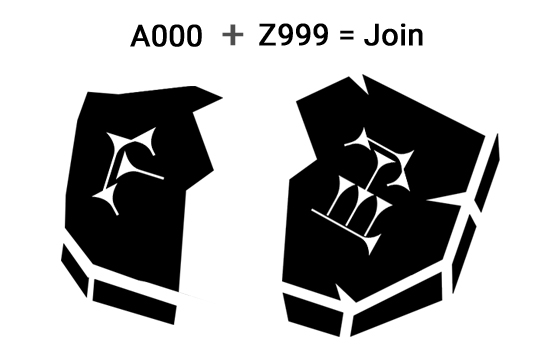Bahrani, Zainab. The Graven Image: Representation in Babylonia and Assyria. Philadelphia, PA: University of Pennsylvania Press, 2011.
Black, Jeremy, and Anthony Green. Gods, Demons, and Symbols of Ancient Mesopotamia: An Illustrated Dictionary. Illustrations by Tessa Rickards. London, United Kingdom: The British Museum Press, 1992.
Eberhard, David M., Gary F. Simons, and Charles D. Fennig, eds. Ethnologue: Languages of the World. 25th ed. Dallas, Texas: SIL International, 2022. Accessed August 20, 2022. https://www.ethnologue.com.
Grayson, Albert K. "Tukulti-Ninurta I A.0.78.27." In Assyrian Rulers of the Third and Second Millennia BC (to 1115 BC), edited by Ronald F. G. Sweet, 279-280. Toronto, Canada: University of Toronto Press, 1987.
Grayson, Albert K., Grant Frame, Maynard P. Maidman, and Douglas R. Frayne. Assyrian Rulers of the Third and Second Millennia BC (to 1115 BC). Vol. 1, The Royal Inscriptions of Mesopotamia, Assyrian Periods. Edited by Ronald F. G. Sweet. Toronto, Canada: University of Toronto Press, 1987.
Hammarström, Harald, Robert Forkel, Martin Haspelmath, and Sebastian Bank. "Glottolog: A Database of Languages." Leipzig, Germany: Max Planck Institute for Evolutionary Anthropology. Created 2011 [?]. Accessed August 23, 2022. https://glottolog.org.
Renn, Jürgen, Jacob L. Dahl, et al. "CDLI: Cuneiform Digital Library Initiative." Los Angeles, CA: The University of California, Los Angeles. Accessed June 13, 2019. https://cdli.ucla.edu.
Schroeder, Otto. Keilschrifttexte aus Assur Historischen Inhalts. Zweites Heft: Autographiert, mit inhaltsübersicht und namenlisten versehen von Otto Schroeder. Vol. 2, Wissenschaftliche Veröffentlichung der Deutschen Orient-Gesellschaft, Heft 16, 37. Leipzig, Germany: J.C. Hinrichs, 1922.
SIL International Contributors. "ISO 639-3 Registration Authority: International Standard for Language Codes." Dallas, TX: SIL International. Accessed August 23, 2022. https://iso639-3.sil.org.
SIL International Contributors. "ScriptSource: Index of Languages and Writing Systems." Dallas, Texas: SIL International. Created June 11, 2011. Accessed August 6, 2022. https://scriptsource.org.
Unicode Consortium Contributors. "ISO 15924 Registration Authority: Codes for the Representation of Names of Scripts." Mountain View, CA: The Unicode Consortium. Created 2004. Accessed August 24, 2022. https://unicode.org/iso15924.
Walter, Andrae. Die jüngeren Ischtar-tempel in Assur: Ausgrabungen der Deutschen Orient-gesellschaft in Assur. A: Baudenkmäler aus assyrischer zeit ; v. V ; Wissenschaftliche veröffentlichung der Deutschen Orient-gesellschaft ; v. 58. Leipzig, Germany: J.C. Hinrichs, 1935.




